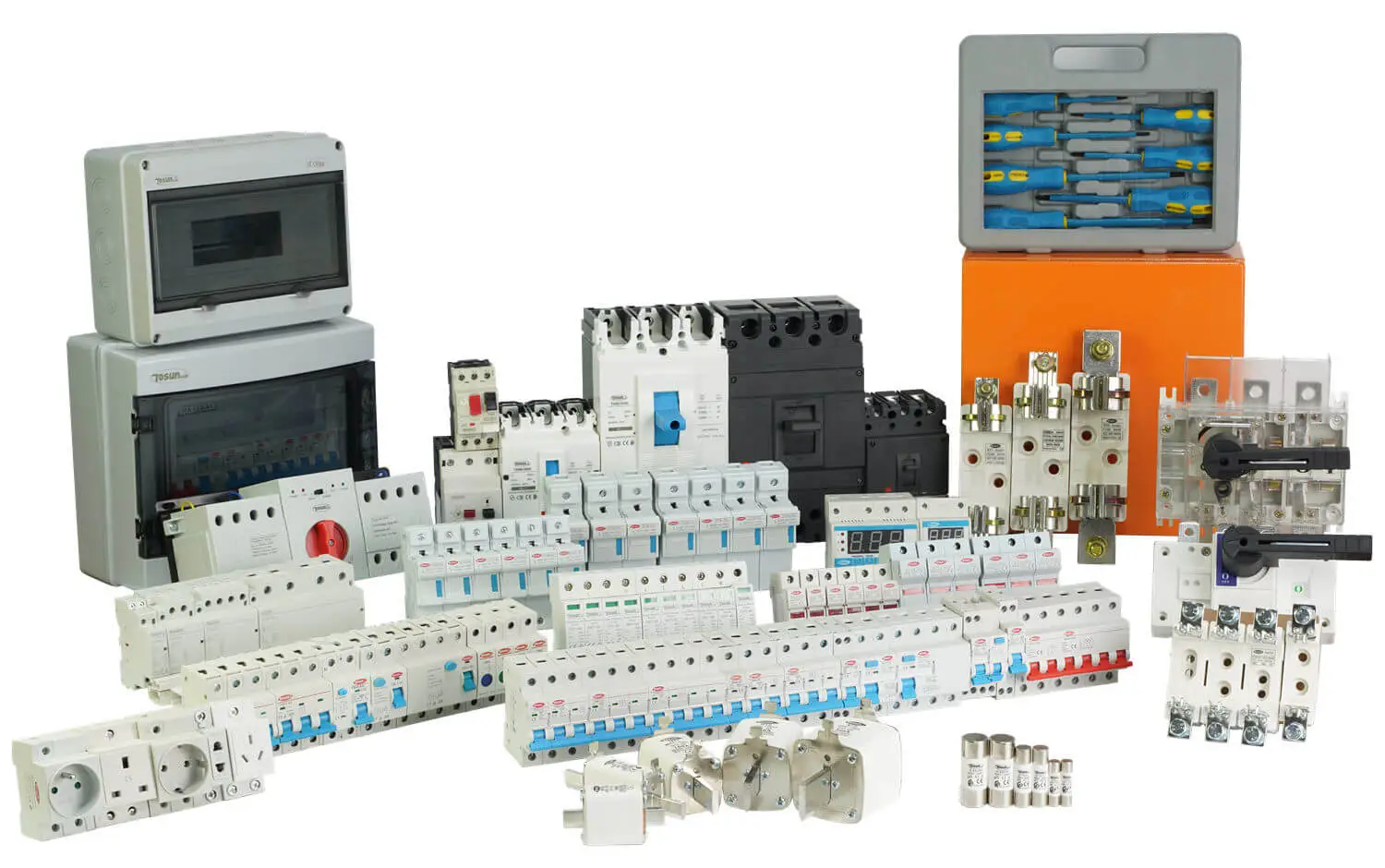How to Select Fuse Switch Disconnectors?
Table of Contents
ToggleFuse switch disconnectors deliver a vital electrical safety function – completely cutting power to downstream equipment for service or emergency shutdowns. Selecting the right disconnector ensures reliable isolation capability for your specific application.
- Match current and voltage ratings to your electrical system
- Choose between fusible and non-fusible based on protection needs
- Select mounting styles compatible with your installation setup
Follow this guide when choosing fuse switches to ensure you are making a long-term investment.
Fuse Switch Disconnectors – Buying Guide
Here are a few things to consider while selecting a fuse switch disconnector:
- Determine Current and Voltage Needs
The first key consideration is current capacity and voltage rating. Fuse switch disconnectors handle significant loads – up to 800 amps at 690VAC. Compare your electrical system requirements against disconnector specs to choose appropriate current and voltage ratings with a safety margin.
Higher amperage switches utilize more robust components and connections. The voltage rating depends on your specific system’s line voltage and any transient spikes. Selecting an undersized disconnector risks nuisance tripping or component failures.
- Fusible vs Non-Fusible Operation
Fuse switch disconnectors are available in both fusible and non-fusible configurations. Fusible models incorporate screw-in fuses that blow to break the circuit during sustained overloads or short circuits. This adds another layer of protection.
Non-fusible switches lack fuses, simply relying on the flipping disconnect mechanism to interrupt power. These models utilize heavier switching components to repeatedly withstand faults and switching surges.
Choose fusible disconnector designs when fuse protection is preferred. Opt for more durable non-fusible switches for frequent switching in high inrush applications like motors.
- Installation and Environmental Factors
Consider the disconnect switch’s mounting style and degree of ingress protection. Common mounting options include panel surface mount, DIN rail, and box mount. Ensure adequate space for installation and safe access.
Also check the IP rating like IP20 or IP65. The first digit reflects solid particle ingress protection, while the second number denotes liquid resistance. Higher numbers indicate better sealing against dust and moisture when selecting disconnectors for challenging environments.
- Compliance With Recognized Standards
Reputable disconnect switch manufacturers design products to align with relevant published standards. This validation process ensures switches meet stringent design, performance and safety criteria.
Key standards include IEC 60947-3 and EN 60947-3 along with UL98 and CSA C22.2 No. 4. Confirming certification gives you confidence in the reliability of a given disconnector model for its intended role.
- Safety and Access Considerations
Since disconnect switches isolate electric shock and arc flash hazards, selecting units with integrated safety features is crucial. Look for a clearly visible break between the ON and OFF positions along with a mechanism to lock the switch dial.
The door or cover should also accommodate padlocks to secure the power OFF state. Any indicators must clearly denote switch status. All connections should be fully shrouded to prevent inadvertent contact with live parts.
- Finding the Right Balance
With these key selection criteria in mind, you can zero in on the ideal disconnect switch for your application. Striking the right balance between cost, capabilities and compliance makes for smooth installation and years of uninterrupted performance.
Conclusion
By following this selection guide, plant engineers and facility managers can specify disconnect switches with complete confidence. If additional guidance is needed, the specialists at TOSUNlux are always available to help tailor fuse switch solutions to your exact needs, timeline and budget.
Tel: +86-577-88671000
E-mail: ceo@tosun.com
Skype: tosunelectric
Wechat: +86-139 6881 9286
WhatsApp: +86-139 0587 7291
Address: Room No.1001 Wenzhou Fortune Center,Station Road, Wenzhou, China
REQUEST A QUOTE
WhatsApp us
 : +86-139 0587 7291
: +86-139 0587 7291 English
English Español
Español Русский
Русский Français
Français العربية
العربية Português do Brasil
Português do Brasil Українська
Українська Türkçe
Türkçe Polski
Polski Nederlands
Nederlands Italiano
Italiano Bahasa Indonesia
Bahasa Indonesia हिन्दी
हिन्दी اردو
اردو አማርኛ
አማርኛ Հայերեն
Հայերեն ไทย
ไทย Монгол
Монгол فارسی
فارسی Shqip
Shqip Ελληνικά
Ελληνικά


